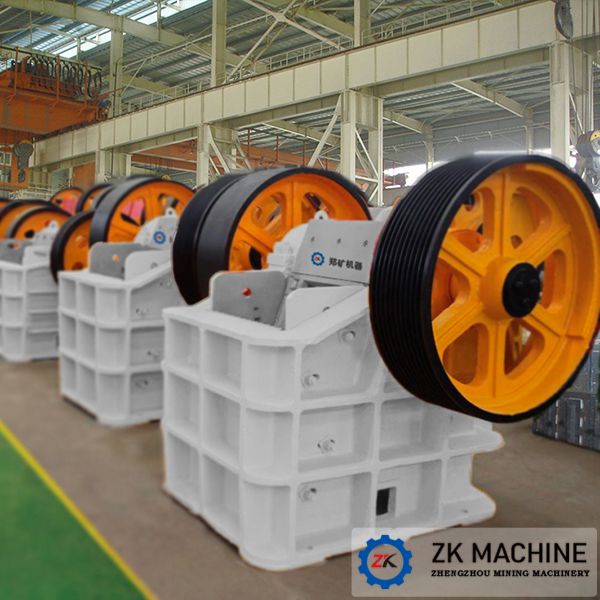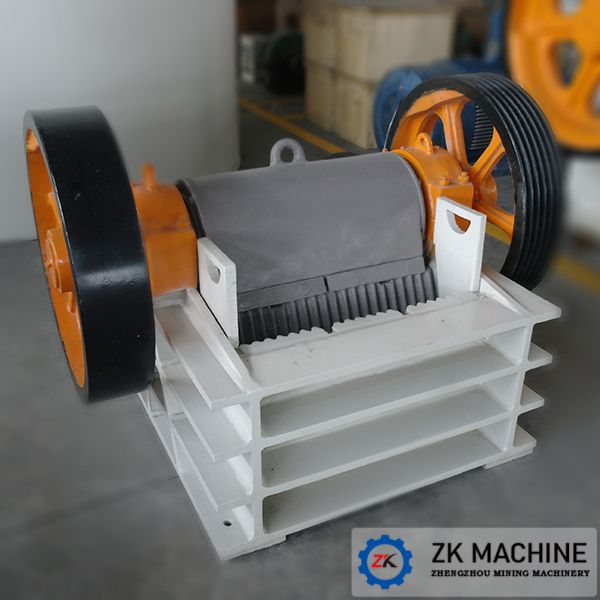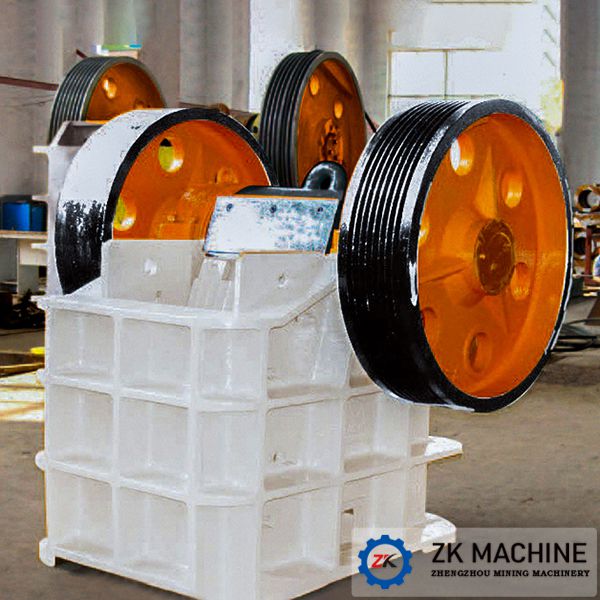I. Working Principle of Jaw Crusher
The jaw crusher, commonly known as the "jaw breaker," is widely used in industries such as mining, metallurgy, building materials, highways, railways, water conservancy, and chemical engineering for crushing various ores and large materials. Its structure is relatively simple, with a complete range of models and large-scale designs, making it a commonly used coarse and medium crushing machine. Specifications are identified by the width and length of the feed inlet (B×L mm).
Jaw crushers are divided into two types: coarse crushing and fine crushing, with models designated as PE and PEX, respectively. The PE series coarse jaw crusher is mainly used for primary crushing, capable of handling large blocks of material and breaking them into medium-sized particles. The PEX series fine jaw crusher can also be used for secondary crushing, with both feed and discharge particle sizes being relatively small.
The jaw crusher consists of a movable jaw and a fixed jaw, forming a crushing chamber that simulates the movement of animal jaws to crush materials. The movable jaw periodically reciprocates against the fixed jaw. When the jaws come closer, the material is crushed between them, and when they move apart, the crushed material is discharged from the crushing chamber due to gravity.
II. Structure of Jaw Crusher
1. **Frame**
The frame is generally a rigid structure composed of side plates, front box components, rear box weldments, etc. The frame withstands significant impact loads during operation and must have sufficient rigidity and strength. Medium and small crushers are usually cast as a whole, while jaw crushers larger than 1200mm×1500mm adopt a combined upper and lower frame structure.
2. **Supporting Device**
The supporting device is mainly used to support the eccentric shaft and fix it to the frame. Currently, rolling bearings are generally used for the supporting device to reduce friction, facilitate maintenance, and ensure lubrication.
3. **Crushing Components**
To avoid wear and extend the service life of the jaw plates, liners with teeth are installed on both the fixed and movable jaws. These liners are typically cast in wave or triangular shapes to aid in material crushing. The liners are made of high-strength, wear-resistant manganese steel. The fixed jaw liner is secured with screws, with a steel plate welded at the lower end of the frame and a pressure plate at the upper end to prevent vertical movement. The movable jaw liner is supported on a convex platform at the lower part of the movable jaw and tightened by wedges at the top.
4. **Transmission Mechanism**
The eccentric shaft is the main shaft of the jaw crusher and the primary component driving the reciprocating motion of the movable jaw. Flywheels and belt pulleys are installed on both sides of the eccentric shaft to ensure uniform power load and stable operation of the crusher.
5. **Tensioning Device**
The tensioning device consists of springs, tension rods, and adjusting nuts. One end of the tension rod is hinged at the bottom of the movable jaw, while the other end passes through a lug on the frame wall and is tensioned by springs and nuts. The tensioning mechanism ensures close contact between the thrust plate, movable jaw, and top seat. During the working stroke of the movable jaw, the spring is compressed; during the discharge stroke, the spring extends. The tension rod uses spring tension to balance the inertial force of the movable jaw and thrust plate during forward swing, ensuring the movable jaw swings back in time.
6. **Adjustment Device**
The discharge opening width of the jaw crusher can be adjusted using the adjustment device. For large and medium-sized jaw crushers, the discharge opening width is adjusted by using thrust plates of different lengths, with shims of varying thicknesses placed between the rear wall and the top seat to compensate for jaw plate wear. Small crushers typically use a wedge adjustment method.
7. **Safety Device**
To protect valuable components such as the movable jaw, frame, and eccentric shaft from damage, safety devices are generally installed.

















